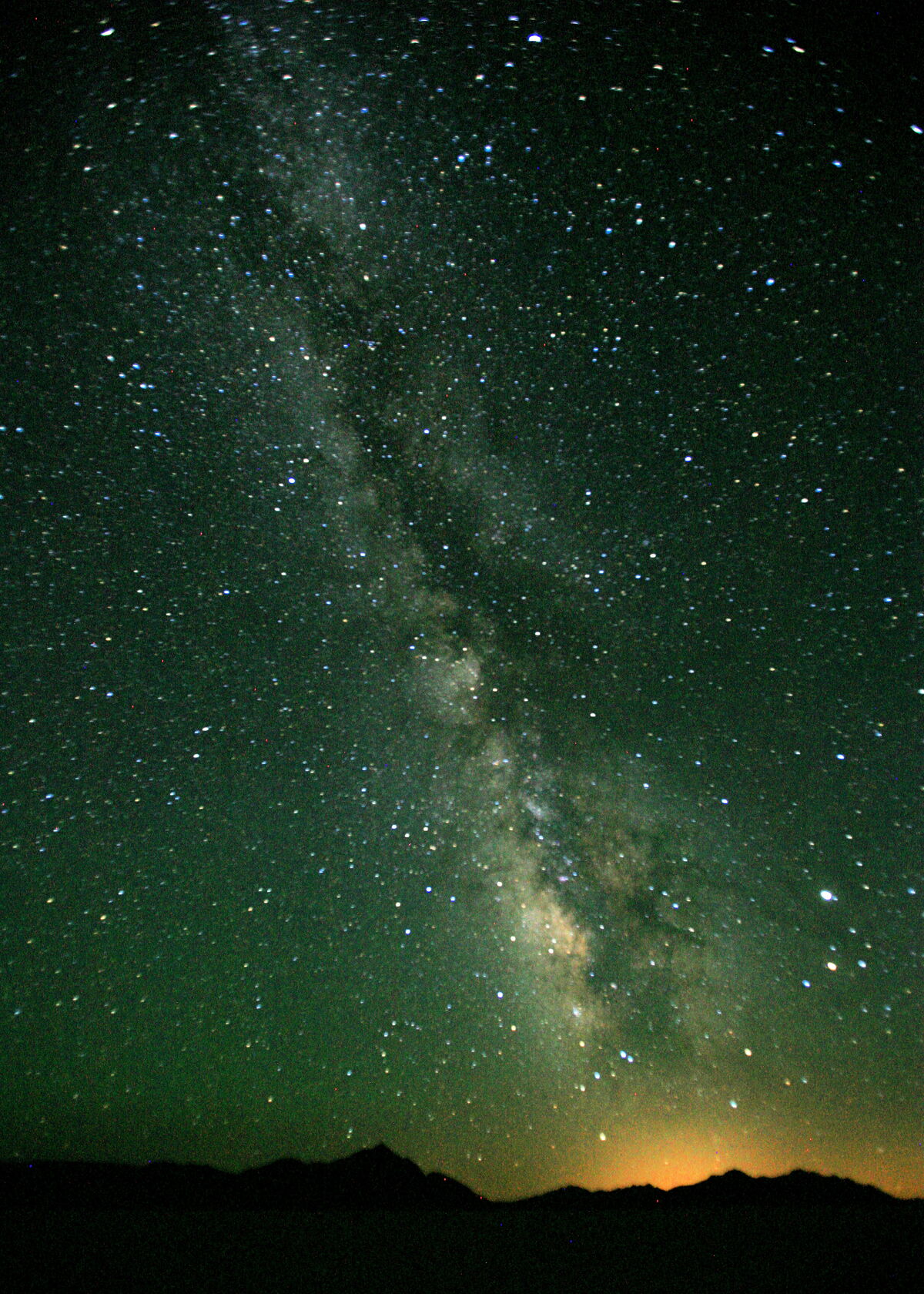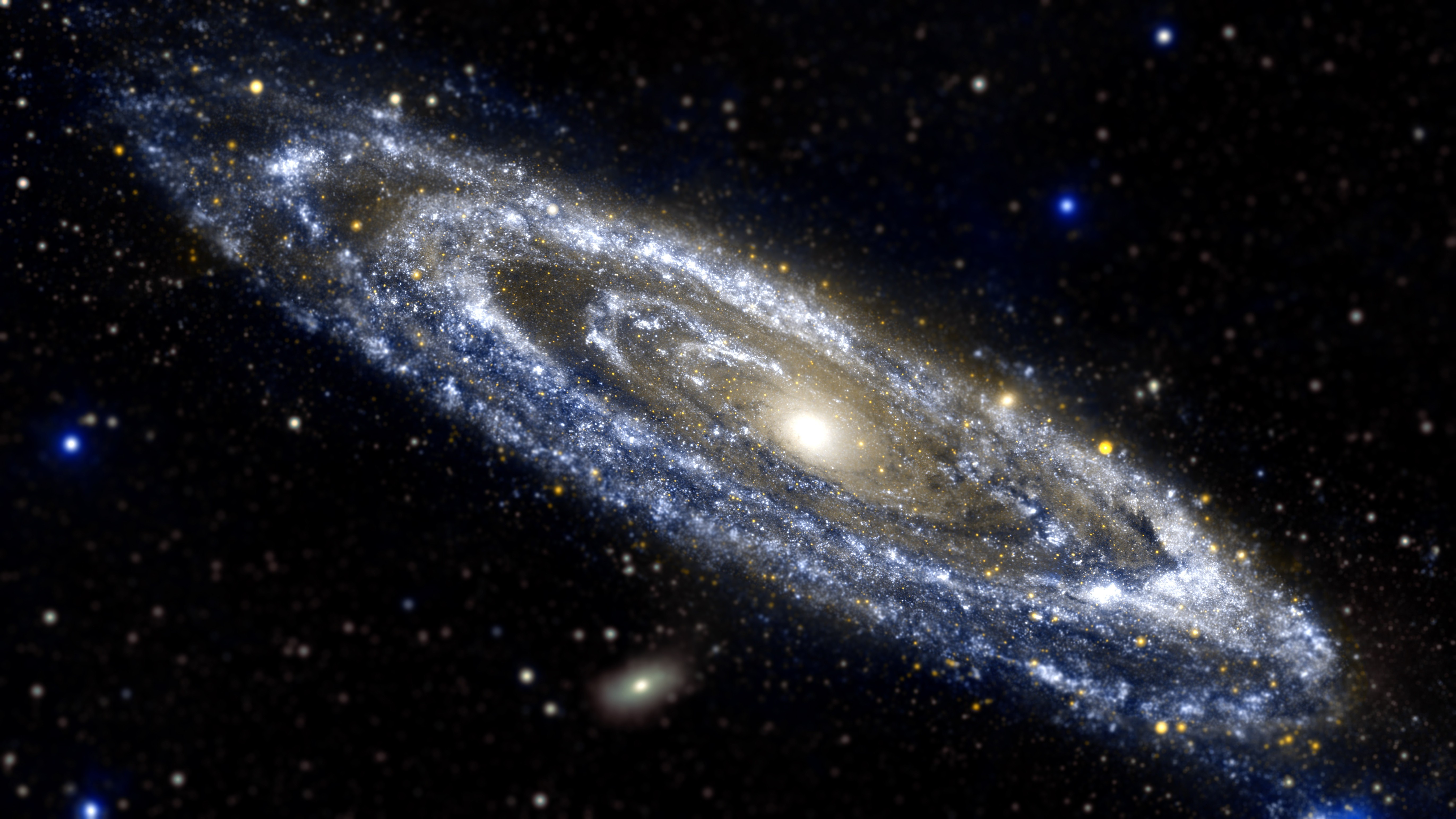Table of Contents
- Galaxy
- Android Wallpaper: Not that Galaxy
- Milky Way Galaxy | Space Wiki | Fandom
- Kep@stro: Galaxy
- A Stunning, Lonely, and Fiery Galaxy Is a Treasure Trove of Data ...
- Galaxy
- Galaxy Will Slam Into Galaxy, Awaken Great Void And Might Send Out ...
- galaxy, Space, Stars, Andromeda Wallpapers HD / Desktop and Mobile ...
- Here's what the Milky Way may look like from deep space - Business Insider
- Galaxy


The James Webb Space Telescope, launched in December 2021, has been designed to study the universe in unprecedented detail. With its advanced technology, it has been able to observe distant galaxies and stars that were previously invisible to us. One such galaxy, known as GN-z11, has caught the attention of scientists due to its unusual behavior. Located approximately 13.5 billion light-years away, GN-z11 is one of the most distant galaxies observed by the Webb Telescope.

The Mysterious Fog-Clearing Phenomenon


According to scientists, the universe was initially filled with neutral hydrogen gas, which absorbed most of the light emitted by distant galaxies. However, as stars and galaxies formed, they began to ionize the surrounding gas, creating bubbles of clear space. GN-z11 appears to be one of the first galaxies to have cleared its surroundings, allowing us to see it in stunning detail. This discovery has significant implications for our understanding of the universe's reionization, a period that occurred approximately 13 billion years ago.


Implications of the Discovery


The James Webb Space Telescope's discovery of GN-z11's fog-clearing phenomenon is a significant breakthrough in our understanding of the universe. As scientists continue to study this galaxy and others like it, we can expect to learn more about the universe's evolution and the role of galaxies in shaping its structure. With the Webb Telescope's advanced technology, we are entering a new era of astronomical discovery, one that promises to reveal the secrets of the universe in unprecedented detail.
In conclusion, NASA's James Webb Space Telescope has made a groundbreaking discovery that sheds new light on the early universe. The galaxy GN-z11's ability to clear the fog of the early universe is a mysterious phenomenon that challenges our current understanding of the universe's evolution. As scientists continue to study this galaxy and others like it, we can expect to learn more about the universe's secrets and gain a deeper understanding of its structure and evolution. With the Webb Telescope's advanced technology, the universe is full of mysteries waiting to be unraveled, and we are excited to see what the future holds for astronomical discovery.Stay tuned for more updates on this fascinating topic, and join the conversation on social media using the hashtag #NASAWebbTelescope. For more information on the James Webb Space Telescope and its discoveries, visit the NASA website. The universe is full of secrets, and with the Webb Telescope, we are one step closer to uncovering them.